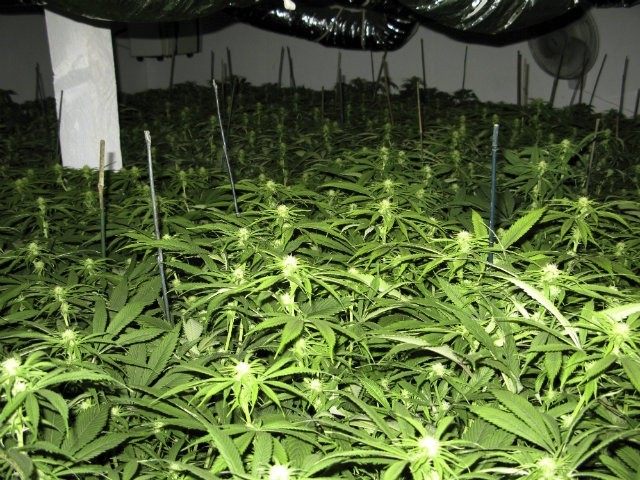Now that Colorado has legalized marijuana, evidence is being offered that the marijuana on the market may be much more dangerous than had been presumed.
Andy LaFrate, a Ph.D. chemist and the founder of Colorado testing firm Charas Scientific, tested 600 samples of the drug and found that not only was the average marijuana two to three times stronger than it was in the 1980’s, the very compound within the drug that is used for medicinal purposes may have far lower levels than are needed to help patients who are suffering. In addition, LaFrate found that much of the marijuana he studied was laced with heavy metals, pesticides, fungus, and bacteria.
LaFrate, using liquid chromatography, found that the levels of cannabidiol, or CBD, which is claimed to be the medicinal element in marijuana, were most often almost undetectable. That can put children with epilepsy, who can take marijuana to control their disease, at risk because the levels of CBD, which they need, are lower, and the levels of THC, the compound within marijuana that produces a “high,” are much higher. THC changes behavior by binding to receptors on nerve cells. If the THC is higher, it can catalyze epileptics to have seizures.
Because Colorado does not require medical dispensaries to test the marijuana sold in the state for CBD and contaminant levels, only making them measure the amount of THC, medical users have no way of knowing if they are ingesting what they need.
LaFrate, who was “simultaneously appointed to State committees tasked with writing the rules for testing and analysis of retail marijuana,” discovered that the marijuana he examined had THC levels of 18 to 205, sometimes rising to 30%, as opposed to the 1980’s average of under 10%. He also found that there was little difference among different ‘strains’ of the drug, and so despite the different names the drug was given, the result was the same.
LaFrate tested 200 samples of marijuana concentrates used for food; they ranged up to 90% THC, which presents an additional problem: as THC rises, so do background contaminants.

COMMENTS
Please let us know if you're having issues with commenting.